Nada Zeineh is a Lebanese architect and jewelry designer whose work bridges the realms of art, history and nature. She approaches design with a distinct perspective, seeing each piece of jewelry as a small-scale architectural project, grounded in proportions, comfort and a deep understanding of materials.
Since launching her label, Nounzein, in 2004, Zeineh has drawn inspiration from Lebanon’s rich heritage, ancient civilizations and the natural beauty around her. Her pieces are playful yet timeless, telling stories that speak of the Greco-Roman and Islamic eras, as well as the resilience and duality of Lebanon itself.
In this exclusive interview, we visit her Beirut atelier and showroom to learn more about her creative process, the influence of architecture on her work and how she finds inspiration in everything from the organic beauty of a leaf to the intricate patterns in archaeological sites.
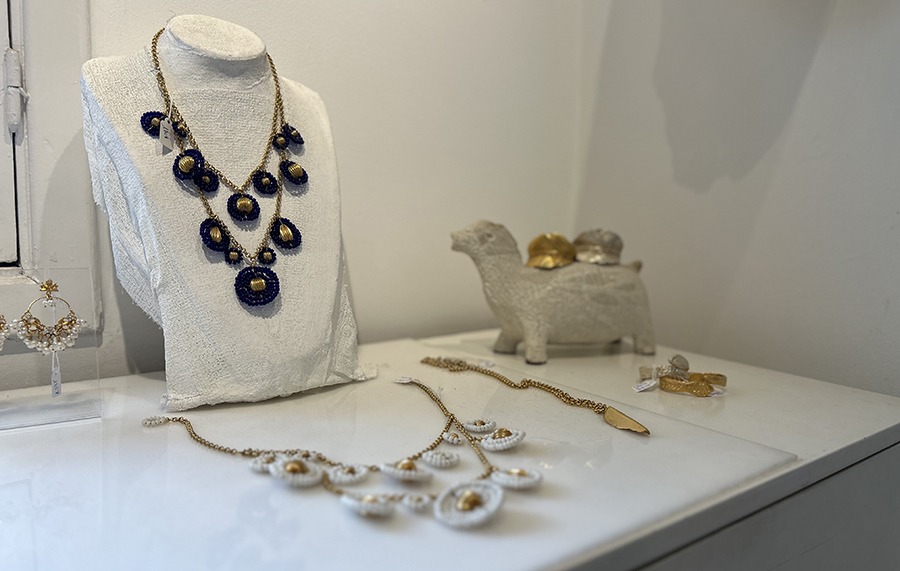 You have a background in architecture. How has this training influenced the design of your jewelry and sculptures?
You have a background in architecture. How has this training influenced the design of your jewelry and sculptures?
My training in architecture has been fundamental in shaping my approach to design. Architecture gave me a deep understanding of proportions, comfort and the importance of precision, all of which are critical in crafting jewelry. When designing a piece, I think not only about its aesthetic but also its functionality and the wearer’s comfort. I pay great attention to selecting the right materials and techniques to enhance the inherent beauty of each piece. In essence, every piece of jewelry is like a miniature architectural project, combining form, function, and emotional resonance.
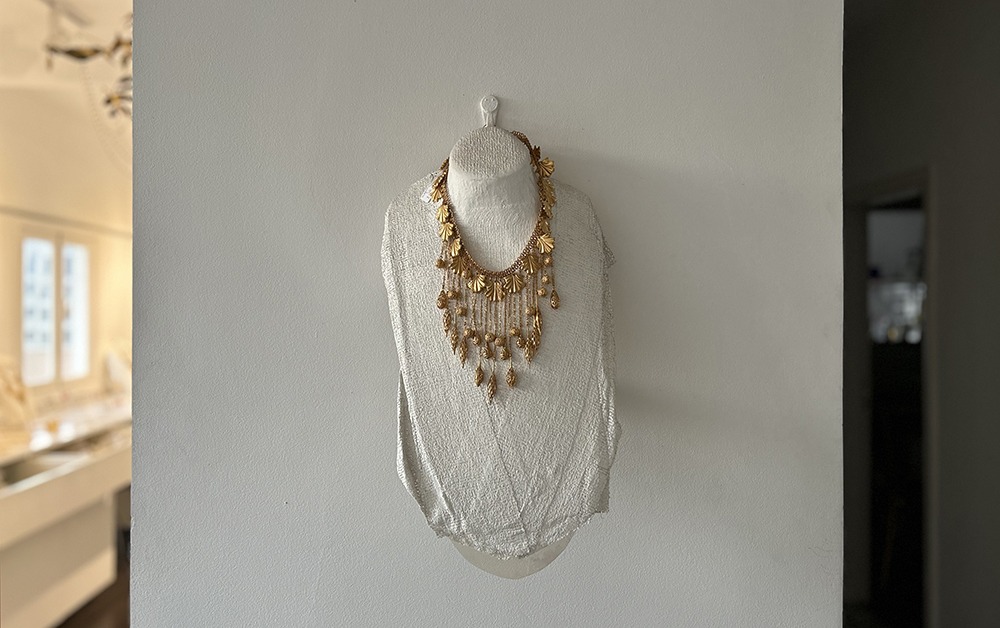 How would you describe your work?
How would you describe your work?
My work is a journey through history and nature. It tells stories inspired by ancient civilizations — be it the Greco-Roman or Islamic eras, or by the natural world and collective memories shared across cultures. I would describe it as timeless and joyful, pieces that can resonate across generations. My goal is to create designs that are rooted in heritage but feel fresh, inviting people to connect with the past in a way that remains relevant and celebratory.
What role does the natural world — fauna and flora — play in shaping your designs?
Nature is my ultimate inspiration and the greatest artist. The beauty of nature lies in its effortless harmony, its balance and intricate details. Fauna and flora teach me about color, form, and texture, offering a wealth of inspiration that is both timeless and ever-evolving. I try to capture this beauty and translate it into designs that feel alive, like they belong to the world around us.
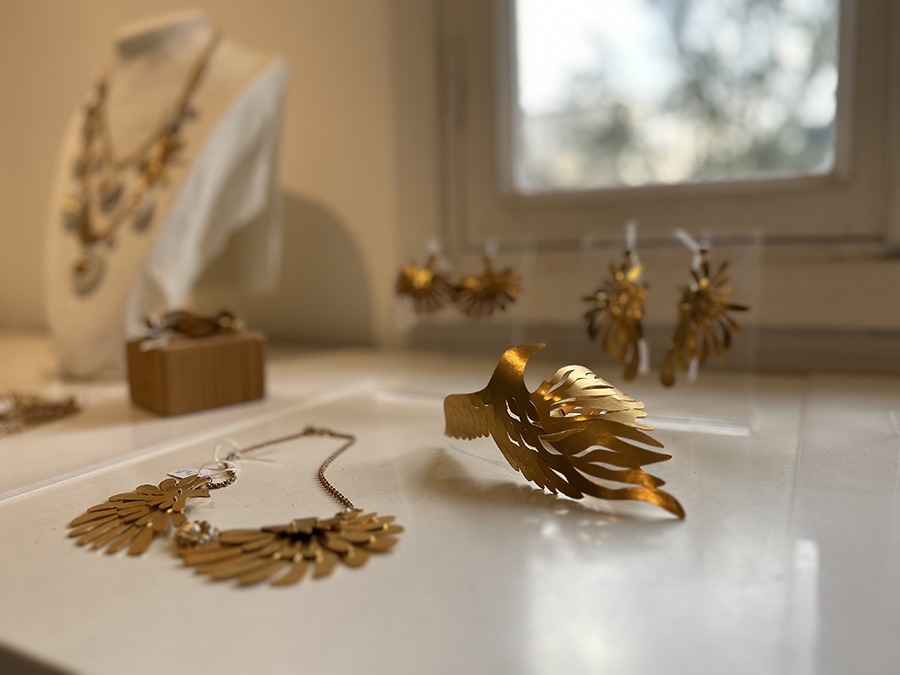 How do you navigate the balance between creating pieces that are both playful and timeless?
How do you navigate the balance between creating pieces that are both playful and timeless?
For me, creating jewelry is an immersive process filled with joy. When I design, I am like a child playing a game, fully absorbed in the act of making. This sense of play allows me to experiment and infuse spontaneity into my work, yet my background in architecture keeps me grounded, ensuring that each piece is well-balanced and enduring. This balance between playfulness and longevity is key — it’s about letting the joy in the process shine through while crafting something that will stand the test of time.
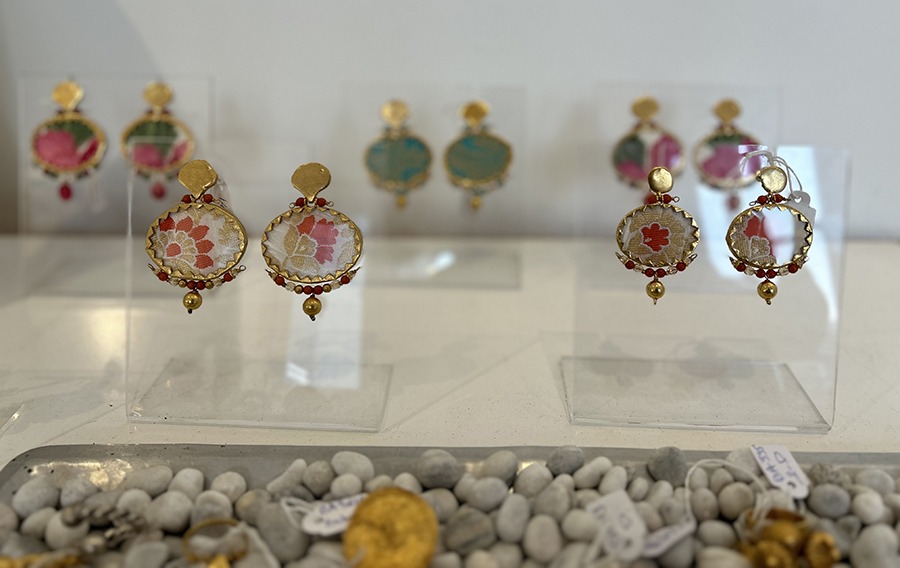 You’ve worked on major architectural projects like the Soap Museum in Saida and the museum at AUB. How do these large-scale projects compare to your work on smaller, intricate pieces like jewelry?
You’ve worked on major architectural projects like the Soap Museum in Saida and the museum at AUB. How do these large-scale projects compare to your work on smaller, intricate pieces like jewelry?
These projects enriched my understanding of ancient civilizations and the inspirations that emerge from them. Designing for architecture or museums is about creating spaces that embody history and culture on a grand scale. In contrast, designing jewelry is about distilling those inspirations into something small, personal, and intimate. Each piece of jewelry is like a miniature building, requiring careful planning, a strong concept, physical comfort and technical solutions. It also embodies a dream: the same dream that, throughout history, inspired people to adorn themselves with anything beautiful they could find. Jewelry, like architecture, tells a story, just on a different scale.
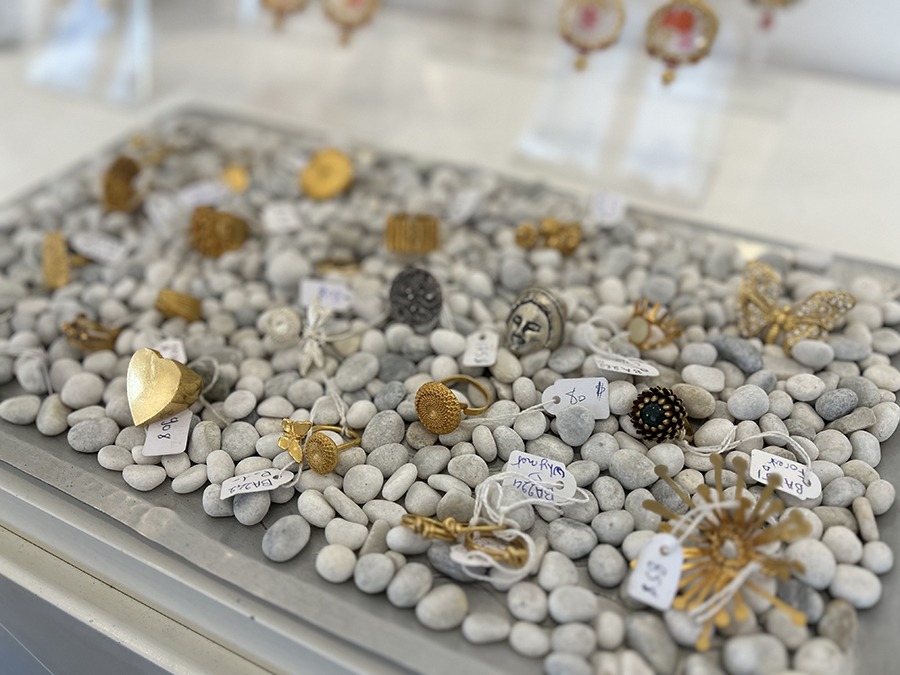 Since launching your label Nounzein in 2004, how has your creative vision evolved over the years?
Since launching your label Nounzein in 2004, how has your creative vision evolved over the years?
My vision has evolved as I encounter new materials and develop new techniques, yet my themes remain close to my heart. They often reflect my feelings and, at times, are a response to Lebanon’s situation. The country’s challenges, its beauty and its resilience all feed into my work, adding layers of meaning to each collection. I adapt as I go, evolving the visual language of my designs to keep them relevant while remaining true to their roots.
Where do you find inspiration?
Inspiration is everywhere — within a leaf, a flower, a fragment of ancient ruins, or architectural ornamentation. Anything I see or discover can spark an idea or a desire to create. It often happens when I wake up in the morning with fresh eyes, my mind absorbing and piecing together images and emotions I’ve collected over time. Inspiration is like a mosaic, made up of bits of beauty and memory gathered from all around.
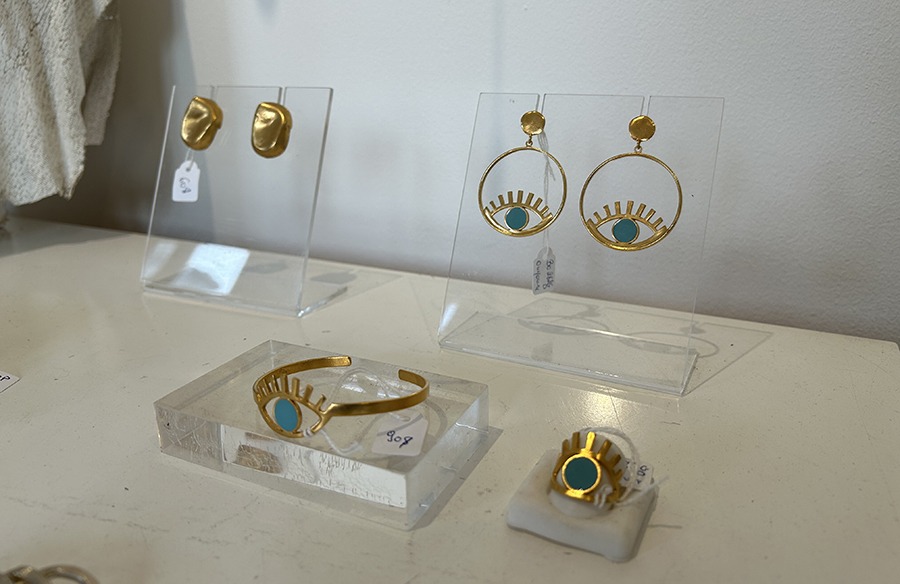 What do you love most about Lebanon?
What do you love most about Lebanon?
Lebanon is a land of light, generosity, nature and compact beauty. It is a country both blessed and cursed, loved and hated. There’s a powerful duality here — so much beauty mixed with so many hardships. But perhaps it is this complexity that binds us to it so strongly. Lebanon is like a mosaic of contradictions, and maybe it’s this mosaic that makes it feel like home.
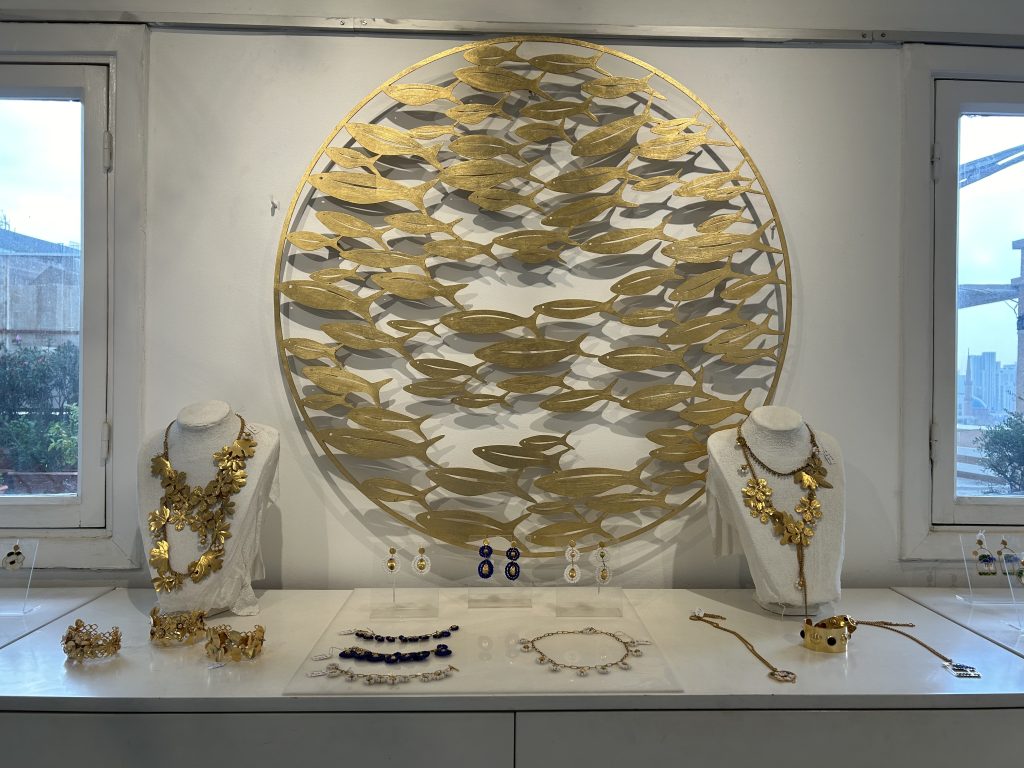 What is your philosophy?
What is your philosophy?
My philosophy is to try to let go and accept hardships, which is often easier said than done. In Lebanon, we are constantly adapting to challenges, and it’s hard not to be affected. But resilience comes from embracing these difficulties and finding meaning despite them. It’s a philosophy that keeps evolving, especially as times get harder.
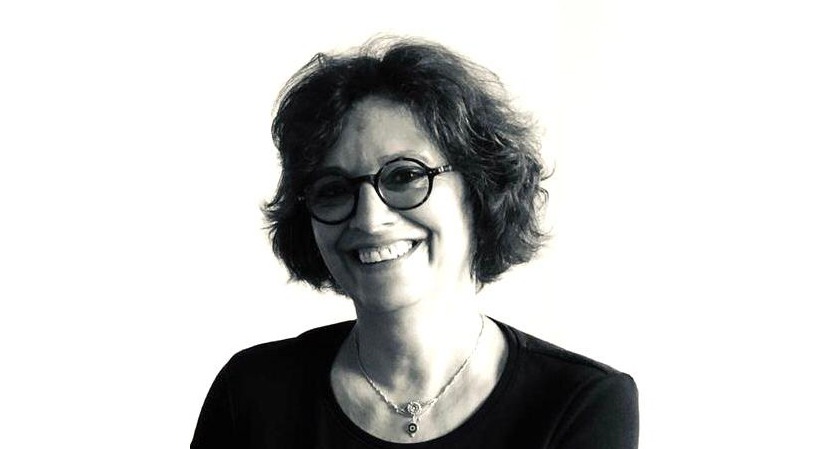 What’s next for you?
What’s next for you?
I aim to continue creating and to reach new markets, to give my brand the resilience to survive these times. It’s a survival mode of sorts, but it’s also about sharing beauty and stories with the world. I hope to continue building bridges through my work, connecting people with the history and spirit that my jewelry embodies.
If you liked reading this, check out our interview with Lebanese music producer and DJ Roy Malakian.
Loading
